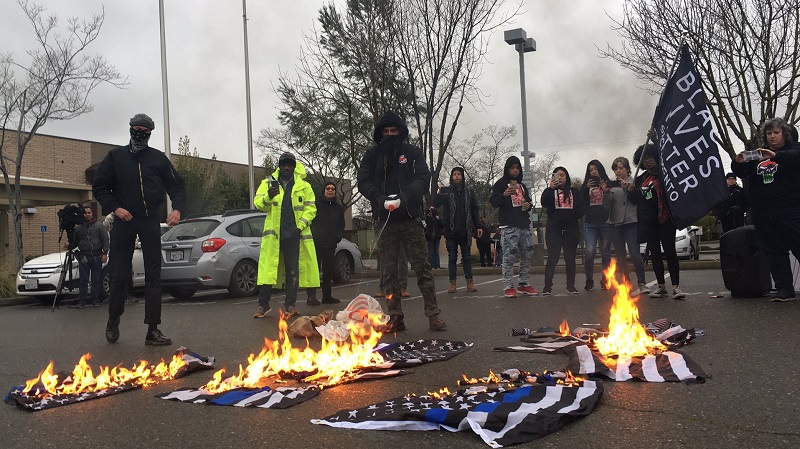
By Chief Joel F. Shults, Ed.D.
Violent crime has skyrocketed in recent months and criminologists are asking why. The increase in the murder rate means that more than 2000 Americans, the majority of whom were black, died in 2020 than in the previous year.
Researchers and commentators are quick to go to the usual suspects when it comes to reasons that crime goes up or down. Was the economy good or bad? Was there unusual weather activity? Was the nation at war? The year 2020 guesses included COVID and political strife. Crime statistics, mostly reflected in the annual FBI crime report, are reported as national in scope but the reality is that there are distinct differences in crime patterns that suspiciously reflect urban areas where police are under political attack.
The increase numbers are stunning: 95% in Milwaukee, 78% in Louisville, Ky., 74% in Seattle, 72% in Minneapolis, 62% in New Orleans, and 58% in Atlanta according to highly regarded crime analyst Jeff Asher. Disturbingly these deaths included 55 children killed in Chicago in 2020, 17 in St. Louis, and 11 in Philadelphia. In South Los Angeles, over 40 children were shot before the year was over.
In analysis by Heather Mac Donald, JD, an expert in policing and public safety, she notes that the pandemic and its trauma cannot be blamed for the increase. The timeline just doesn’t match. She observes that crime fell during the initial phases of the COVID shut down in America and around the world. By the end of May, the trend reversed, and only in the U.S., not globally. If one cause world-wide were traced to be the root of a phenomena, the effect would be similar everywhere. But there was something different about the last half of 2020 in the United States.
Continuing MacDonald’s observations from her book The War on Cops (2016), a New York Times bestseller, she warns that raced-based attacks on the criminal-justice system, from the White House on down, are eroding the authority of law which results in lawlessness.
In addition to the political pandering and rhetoric there are plenty of influences, as reported often here at the NPA, that are suppressing the maintenance of law and order. They include risk assessment by police officers on patrol, removal of protections for police officers, weak police leaders, and weak prosecutors.
The police profession is made up of men and women who are highly aware of the risks of their profession. To say that their lives are at risk is not an overly dramatic exaggeration. In addition to lethal injuries, thousands of police officers suffer debilitating injuries every year for which there is no national database to measure. Injuries include some that end up in the loss of their career, chronic pain, and shorter life spans. The more we know about trauma to the brain, the more we understand the extent of physical and mental stresses that can alter their quality of life. Add to that the strains of shift work and lack of quality sleep. None of these things keep our officers from answering the call of duty. It is a package of risks they are willing to accept.
We now see police officers making a different risk assessment. Is it worth contacting a suspicious person? Is it worth making that traffic enforcement stop? Will I offend someone and end up being fired? Will I be on an edited viral video after being set up for provocation and attack? Does my public want me being active or will I be punished for doing what the law allows and the job demands? If there is a controversial action I must take will I have legal protections or am I risking my personal financial future? Will I have enough back up with force reductions and defunding? This intentional doubt and fear placed on law enforcement by police antagonists suppresses quality law enforcement.
At the same time, offenders are emboldened to resist, taunt, and even attack police officers. Prosecutors fail to punish rioters. Politicians encourage violent dissent. The media accepts the narratives of offenders while the police remain silent. Legislation continues to tie the hands of the enforcers and liberate the offenders. When society gives tacit or express permission to oppose those whom society has also commissioned to suppress crime, there will be no tie game. There will only be victory to the offenders who care little about the effects of their behavior.
If communities are concerned that the wave of violent crime will come to their doorstep there is a strategy that will prevent and reduce crime: support quality law enforcement.